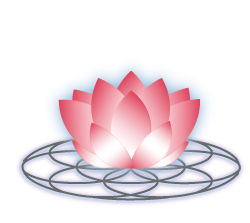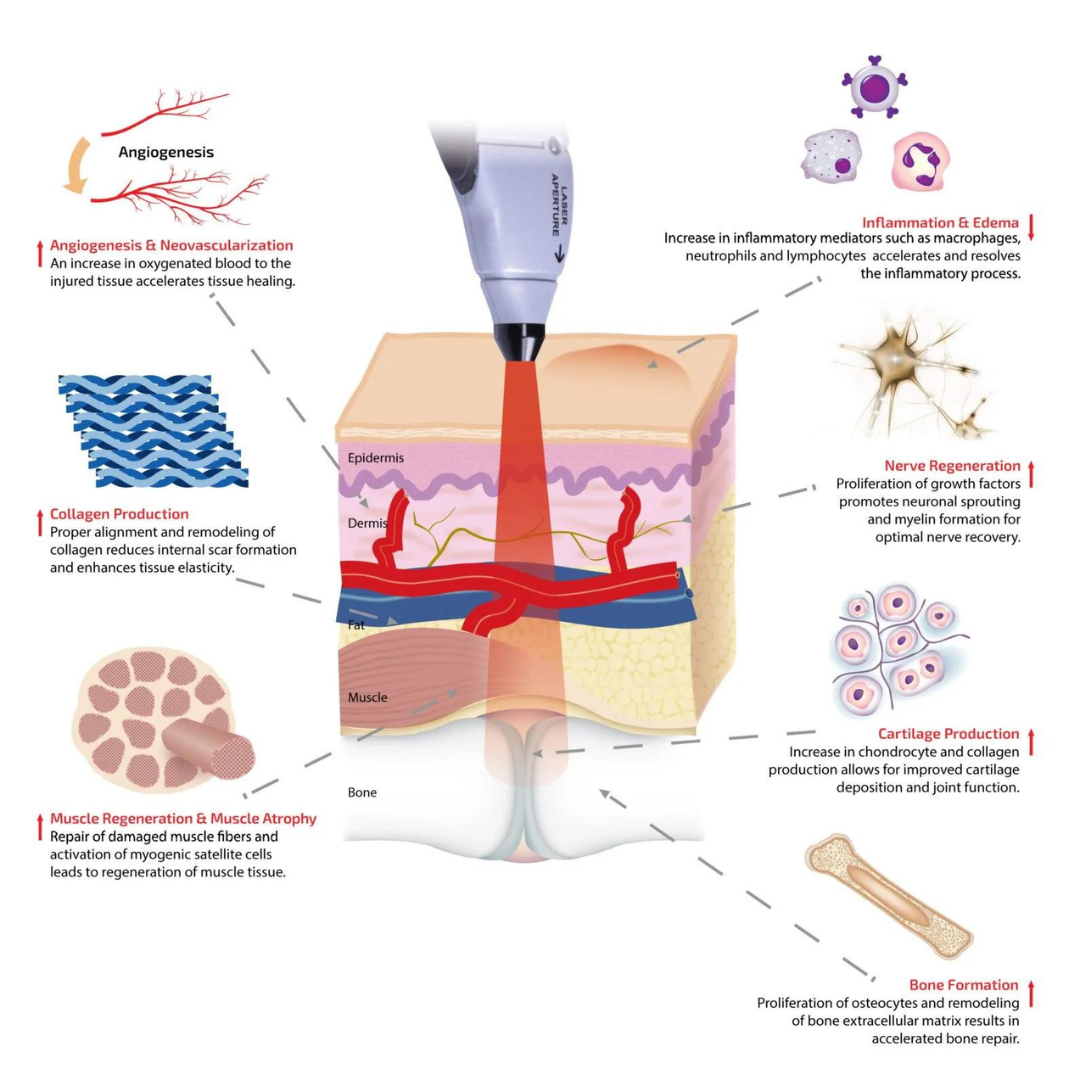Motor vehicle accidents can have profound and lasting effects on the human body, often leading to physical injuries, pain, and reduced functionality. Seeking prompt and comprehensive care is crucial for minimizing long-term consequences and promoting healing. Manual osteopathic treatments emerge as a valuable ally in this recovery process, offering unique benefits that can make a significant difference after a motor vehicle accident.
Understanding the Aftermath:
Following a motor vehicle accident, the body undergoes tremendous stress and trauma. Impact forces, sudden jolts, and unnatural movements can result in a range of injuries, from whiplash and soft tissue damage to more severe conditions affecting the spine and joints. Even seemingly minor accidents can cause hidden injuries that manifest later, emphasizing the need for immediate attention.
The Role of Manual Osteopathic Treatments:
1. Addressing Structural Imbalances:
Manual osteopathic treatments focus on the musculoskeletal system, targeting imbalances and misalignments that may arise after an accident. By employing gentle manipulation and hands-on techniques, osteopathic practitioners work to realign the spine and joints, promoting proper structural balance. This is essential for preventing long-term issues such as chronic pain or postural abnormalities.
2. Alleviating Soft Tissue Tension:
Accidents often lead to tension and tightness in the soft tissues, including muscles and ligaments. Manual osteopathic therapy employs methods to release this tension, facilitating improved blood circulation and nutrient flow to the injured areas. By reducing soft tissue restrictions, the body can better initiate the healing process.
3. Optimizing Nervous System Function:
Impact from a motor vehicle accident can affect the nervous system, leading to heightened pain perception and stress. Manual osteopathic treatments aim to optimize nervous system function by releasing tension and promoting better neurological communication. This not only reduces pain but also supports the body's natural ability to heal.
Preventing Long-Term Consequences:
1. Reducing Inflammation and Swelling:
Swift intervention through manual osteopathic treatments can help minimize inflammation and swelling associated with injuries. By addressing these issues promptly, the risk of chronic inflammation and its associated long-term consequences is significantly reduced.
2. Enhancing Range of Motion:
Manual osteopathic therapy focuses on improving joint mobility and flexibility. This is particularly beneficial after a motor vehicle accident, as it helps prevent the development of stiffness and enhances the overall range of motion. Restoring proper movement early in the recovery process can prevent long-term limitations in mobility.
3. Holistic Healing Approach:
Manual osteopathic treatments take a holistic approach to recovery, considering the interconnectedness of the body's systems. This comprehensive perspective contributes to a more thorough healing process, addressing not only the immediate injuries but also potential secondary issues that may arise over time.
Getting manual osteopathic treatments after a motor vehicle accident is a proactive step towards minimizing long-term consequences and supporting the body's natural healing mechanisms. By addressing structural imbalances, alleviating soft tissue tension, and optimizing nervous system function, manual osteopathic therapy plays a vital role in promoting a faster and more complete recovery. If you've experienced a motor vehicle accident, consider incorporating manual osteopathic treatments into your rehabilitation plan for a holistic and effective approach to healing.
~ Derek Chiu, MOT, RMT



